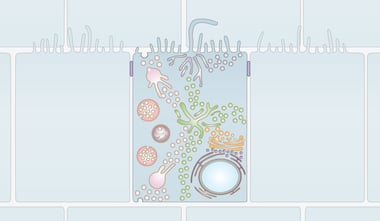
life sciences
How can an optimized cryo-ET workflow benefit membrane trafficking research?
Eukaryotic cells contain a complex network of membrane-bound organelles where specialized processes of the cell take place.
All topics

Eukaryotic cells contain a complex network of membrane-bound organelles where specialized processes of the cell take place.

Cathodoluminescence is a specific form of luminescence caused by ‘free’ electrons (or simply electron propagating through space).
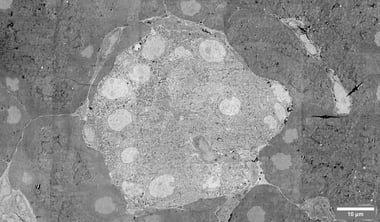
Comparing the morphology of healthy and diseased cells or tissues or examining the effect of drug treatments is extremely important for understanding of the ...

Viruses are microscopic infectious agents that are not able to reproduce outside of their hosts. We associate viruses with a variety of diseases, ranging from ...
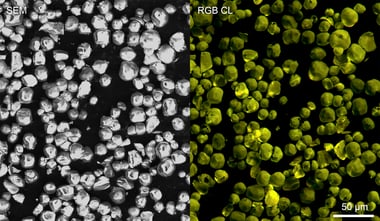
Rare-earth elements, also known as REE, are a group of elements, consisting of scandium, yttrium and 15 lanthanide elements.
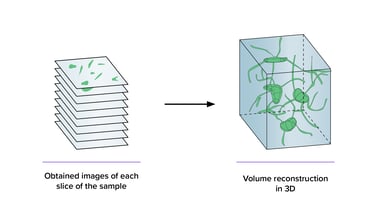
As we all know, biological creatures are highly complex and three-dimensional. Therefore, it is crucial to capture 3D images of their cell structures to find ...
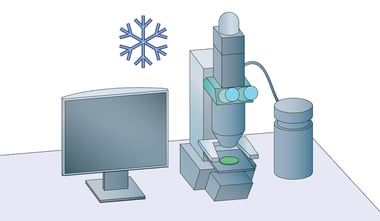
In cryogenic electron microscopy (cryo-EM) a sample is immobilized by rapid freezing in a process called vitrification.

Previously, we have briefly touched on the concept of throughput of electron microscopy workflows.
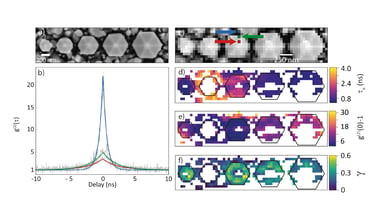
Semiconductors, as a crucial part of electronic devices, have been in focus in materials research in the last few decades.
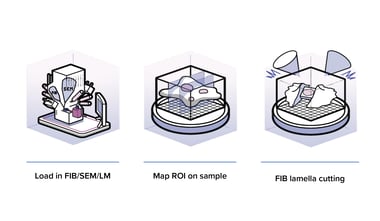
Cryogenic electron tomography (cryo-ET) is an imaging technique that uses a cryo Transmission Electron Microscope (cryo-TEM) to acquire high-resolution 3D ...

One of the struggles of imaging facilities today is managing a large number of research projects simultaneously.
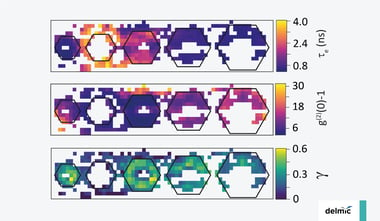
What is time-resolved cathodoluminescence? How can performing lifetime mapping or a g(2) mapping add value to your research? In the video below Toon Coenen, ...